Language vs dialect
A common question is "What is the difference between a language and a dialect?". It's a tricky one. Linguistically it boils down to a scale of mutual intelligibility: on the one end of the scale everybody understands everything (speak the same language), on the other nobody understands anything (speak different languages), and dialects fall somewhere in-between. But mutually intelligible varieties can be labelled different languages (like St. Swedish and St. Norwegian, or like Dutch and Low German). So a common answer is "A language is a dialect with an army and a navy", because it boils down to politics.
The two main languages spoken in Shetland are Shaetlan and English. They are linguistically more different from each other than Dutch and Low German, or St. Swedish and St. Norwegian are. In fact they even have different ancestors: Shaetlan descends from Norn and Scots, with a lot of influence from Low Germanic languages. Shaetlan is often referred to merely as "dialect", and English is often referred to as "proper" or "right". This is linguistically and historically incorrect: Shaetlan is not a dialect of English any more than English is a dialect of Shaetlan, and English is no more linguistically "proper" or "right" than Shaetlan.
The dictum "A language is a dialect with an army and a navy" ("אַ שפּראַך איז אַ דיאַלעקט מיט אַן אַרמיי און פֿלאָט / A shprakh iz a dialect mit an army un flot") was first uttered by an anonymous student to Max Weinreich in his course "Problems in the history of the Yiddish language". Max Weinreich brought it to the world in 1945 in an article published in the journal Yivo-bletter.

